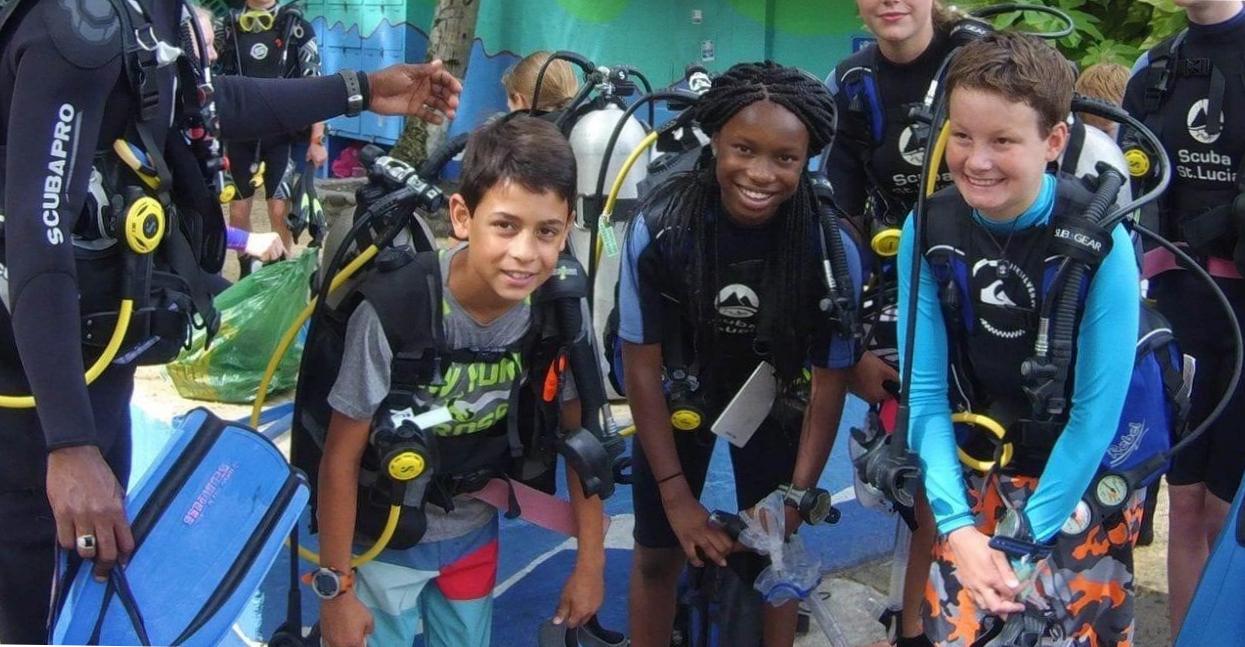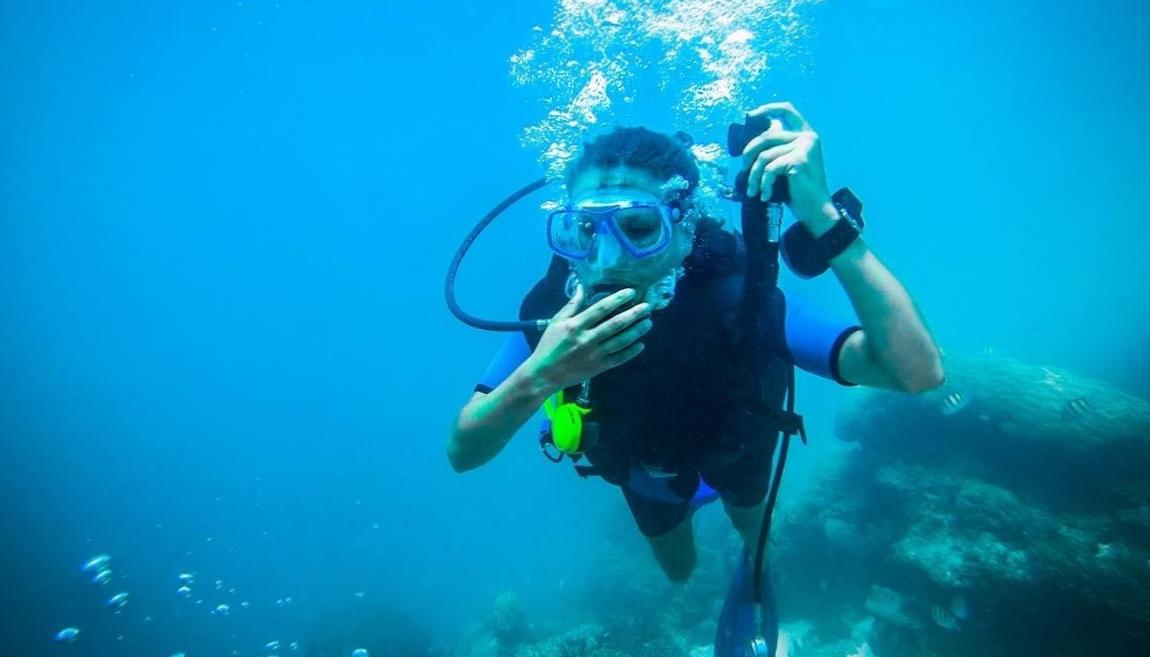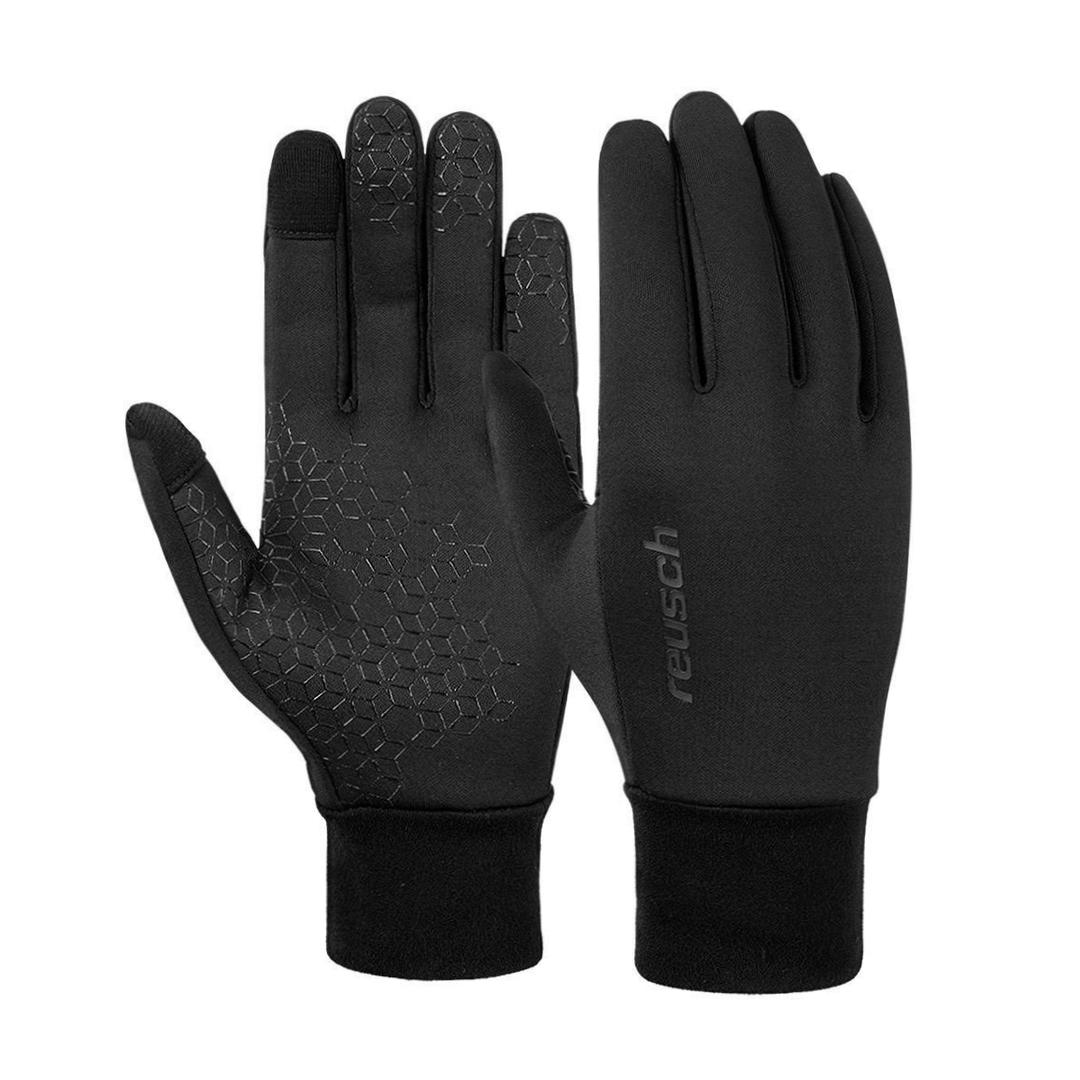Diving can’t equalize: Understanding the challenges and solutions
Diving Can’t Equalize: Understanding the Challenges and Solutions
When exploring the mysterious depths of the ocean, equalization becomes an essential skill for divers. As the ocean exerts increasing pressure on the body with each descent, divers must equalize the pressure within their ears and sinuses to avoid discomfort, pain, and potential injury. Equalization is the process of balancing the pressure between the middle ear and the external environment, allowing divers to descend safely and enjoy their underwater adventure. Without proper equalization techniques, divers may experience excruciating pain, ruptured eardrums, and even the risk of permanent hearing loss. Understanding the challenges faced while equalizing and implementing effective solutions is crucial for every diver. Let’s delve deeper into the importance of equalization in diving and unravel the secrets of its successful execution.
Why Diving Can’t Equalize: Understanding the Challenges and Solutions
Equalizing is an essential skill for divers to prevent discomfort and potential injuries during a dive. However, many divers face challenges when it comes to equalizing their ears and sinuses. One common challenge is Eustachian tube dysfunction, where the tubes that connect the middle ear to the back of the throat fail to open and close properly. This can result in difficulty equalizing pressure as they descend underwater. Another challenge is a congested or blocked nose, which can make it hard to equalize properly. Additionally, divers with narrow or irregularly shaped Eustachian tubes may struggle with equalization. But fear not, there are solutions to overcome these challenges. Techniques such as the Valsalva maneuver, Toynbee maneuver, and Frenzel maneuver can help equalize the ears. Using specialized equalizing devices like equalizing nose clips or earplugs equipped with valves can also provide assistance. Remember, equalizing is a crucial skill, and with practice and the right techniques, any diver can overcome these challenges.
Diving Can’t Equalize: Understanding the Challenges and Solutions
Equalizing is an essential skill for scuba divers that allows them to equalize the pressure in their ears and sinuses as they descend into the depths of the ocean. However, many divers struggle with equalization, leading to discomfort, pain, and even injuries. In this article, we will delve into the challenges divers face when it comes to equalizing and explore various solutions to overcome these issues. Whether you are a beginner or an experienced diver, understanding the importance of equalization and learning effective techniques can enhance your diving experience and keep you safe underwater. So, let’s dive deep into the world of equalization!
Diving Can’t Equalize: Understanding the Challenges and Solutions
Equalization is a crucial aspect of diving that many beginners struggle to grasp. So, what exactly is equalization and why is it so important? Equalization refers to the process of equalizing the pressure in the middle ear, sinuses, and lungs with the surrounding water pressure at various depths during a dive. Failure to equalize properly can lead to discomfort, pain, and potentially even serious injuries like barotrauma. This is why mastering equalization techniques is an essential skill for all divers.
Equalization is especially important when descending underwater, as the pressure increases with every foot you go deeper. The pressure difference can cause the air spaces in your body to compress, leading to painful sensations and possibly even rupturing of the eardrums. Equalizing helps prevent these issues by allowing air to flow into these spaces, creating an equilibrium with the surrounding pressure.
There are various techniques for equalization, with the most common being the Valsalva maneuver — pinching your nose and blowing gently to force air into the ears. However, some individuals may find it challenging to equalize due to factors such as nasal congestion, narrow Eustachian tubes, or simply lack of practice. In such cases, alternative techniques like the Frenzel or Toynbee maneuver can be employed.
To become a proficient diver, it is crucial to understand not only how to equalize properly but also how to identify potential problems and adjust accordingly. Being aware of the signs of unequalized pressure, such as pain, muffled hearing, or difficulty equalizing, can help divers take necessary actions before the situation worsens.
Proper equalization techniques can be learned and improved with practice, so don’t get discouraged if you struggle at first. Consulting with a diving instructor or healthcare professional experienced in diving medicine can provide valuable guidance to overcome potential equalization challenges.
In conclusion, equalization is an essential skill for every diver, ensuring their comfort, safety, and overall diving experience. By understanding the importance of equalization, practicing the right techniques, and seeking professional guidance when needed, divers can maximize their enjoyment and minimize the risks associated with diving. So, remember to equalize and dive with confidence!
diving can’t equalize







